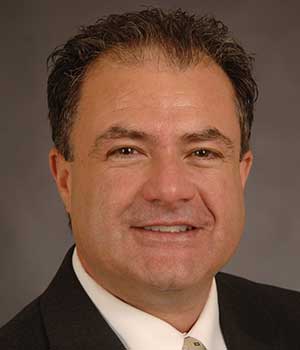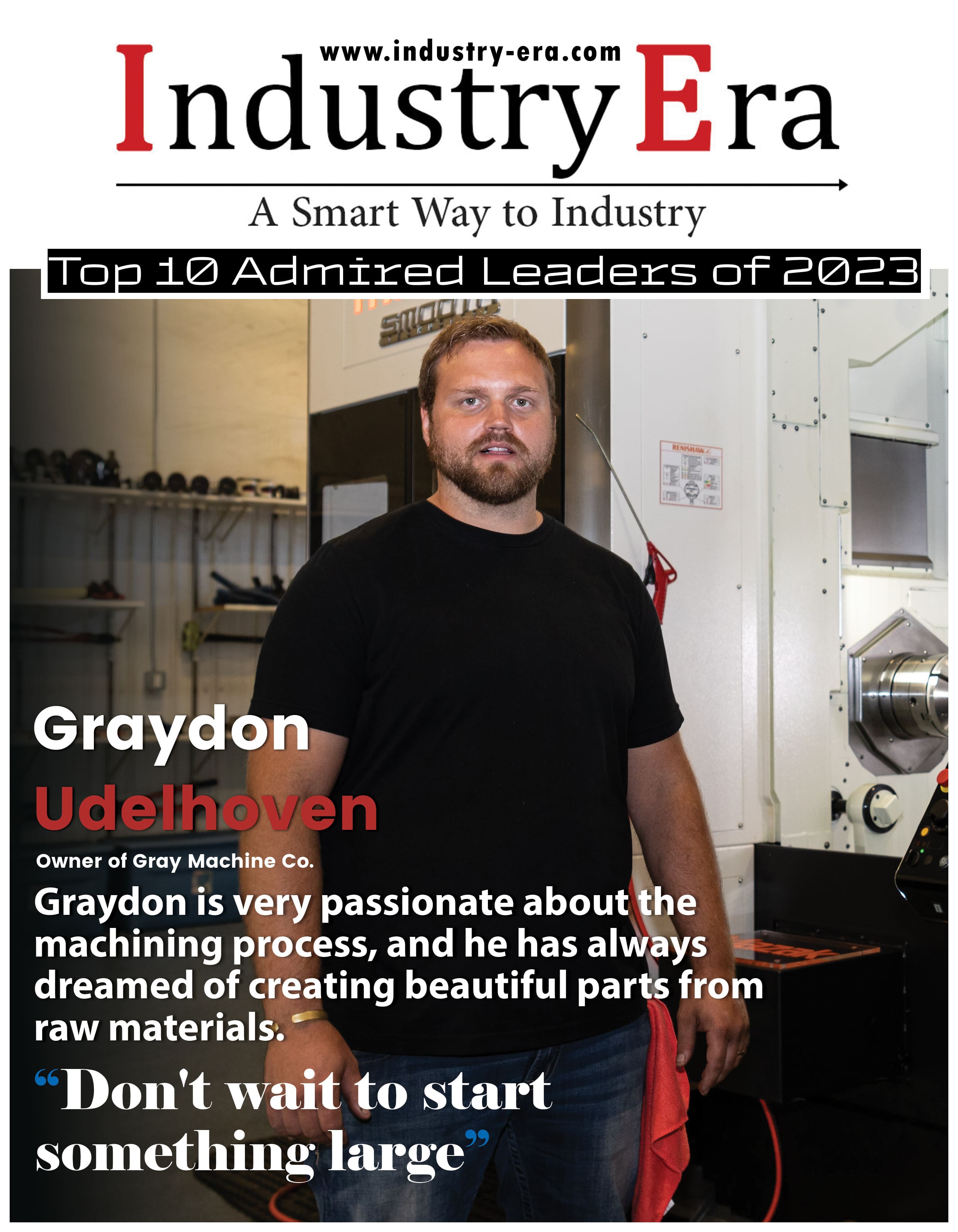
Dr. Benjamin K. Malphrus
Executive Director
Morehead State University Space Science Center

“Leadership Through Vision and Inclusion”
Morehead State University’s Space Science Center Executive Director, Dr. Benjamin K. Malphrus founded the Space Science Center as a research and development organization in an academic setting that specializes in small satellite technologies and space mission operations. The team at Morehead State was an early adopter of the CubeSat form factor, which has become the de facto standard for nanosatellites under 28 kg. The Center's staff and students have built and flown 7 CubeSats to date, including KySat-2, CXBN-2, EduSat, UniSat-5, T-LogQube (Eagle-1), DM-7, and Lunar IceCube missions with partners (which flew by the moon in November 2022). Additionally, the Center provides telemetry tracking command, ranging, and Doppler services for low Earth Orbiting (LEO) satellites and smallsat missions to the moon and beyond using the 21-meter ground station antenna (NASA’s Deep Space Station 17). The team also provides space environment testing services for other universities, government and the private sector, including spacecraft vibration testing, thermal-vacuum testing, electromagnetic interference studies, and spacecraft antenna characterization. A unique aspect of the Center is that it serves as both an R&D institute and a training center for the space and defense industries. Morehead State University offers unique degrees (B.S. and M.S.) in Space Systems Engineering and a B.S. in Astrophysics. Scientists and Engineers with extensive experience at NASA and in the space industry teach the courses and direct student research programs.
Dr. Malphrus came to Morehead State University, a rural university in Appalachian Kentucky, because the administration wanted to start a space program but didn't have a fully-developed strategy. “We began our R&D in observational astrophysics and designed and built a small radio telescope that had good success” recalls Dr. Malphrus. “We then evolved from science to space systems engineering, first by applying radio astronomy observing techniques to satellite tracking station instrumentation. From there, we began designing small satellite transceivers and ultimately the satellite bus.” When CubeSats, now considered disruptive technology, were invented at CalPoly and Stanford, “we were at the right place at the right time, with the right technology.”
CubeSats are small satellites the size of a loaf of bread or carry-on luggage with exceptional capabilities. Due to their lower costs and short timescales for development, they disrupted the market. The team learned to build, fly, and operate small satellites and provide associated services with ground stations that the team also developed and implemented. “In effect, we became a one stop shop for CubeSats, being able to go from concept to design to fabrication and testing and finally to operations after launch”.
The Space Science Center at Morehead State University has become internationally-recognized as a leader in small satellite development and in deep space mission operations. The Center’s team has flown 7 CubeSats to date ranging from technical demonstrations to a lunar fly-by. In addition to providing R&D in SmallSat technology, the Center operates a 21 meter ground station that serves as an affiliated node on the NASA Deep Space Network (NASA Deep Space Station 17). On the academic side, Morehead State offers unique degree programs in space systems engineering and graduates have notable careers in the aerospace and defense industries.
Dr. Malphrus, known by his staff and students as “Doc” leads by promoting a common vision, by consensus and by example. Since the Center is effectively a small R&D company, in a given day, he may help define space mission architectures, support the design of spacecraft systems, and sweep the floor at night if needed. “I believe that we have succeeded by empowering our team and creating a shared vision. We instill the philosophy of asking ourselves "why" we want to pursue a program and if it aligns with our vision; then we proceed to ‘what’ and ‘how. When we get to how, we have great people that I trust implicitly to make their own decisions related to the implementation. We have an environment in which everyone wants to pull together because the missions and the technology are so extraordinary.”
Dr. Malphrus’s decisions are based on two strategies: collecting and analyzing as much relevant data as possible then modeling effects and results to the extent possible, and involving the staff in decision-making. Collective data-driven decision-making has been a hallmark of his program management. The team communicates effectively, in part because they share labs and design spaces, have an open-door policy with him, and everyone's opinion is valued. The team openly communicates expectations of each other and together define resources, people and tools (software, hardware and productivity tools) that are required to accomplish tasks. Designs are iterated collectively, a process that is crucial to their spiral design paradigm of engineering. Additionally, the team is extremely dedicated and inherently driven. Their "startup" environment is often challenging but motivating. The team often has to devote extraordinary efforts and hours but is driven by the historical significance of their work.
Giving more insight into why Morehead State University's Space Science Center has become a world-leader in SmallSats, Dr. Benjamin explains that they have either assembled or “grown” experts in space mission operations, small satellite systems, verification and validation testing, mission formulation, base station technology, and astrodynamics- all of the core technologies required to effectively complete a space mission. The business model is unusual for a university program. The team self-funds its own R&D through grants and contracts and re-invests profits in expanding their infrastructure and expanding the staff. Reinvesting revenue in people and facilities has been a successful business model, allowing the Space Science Center to grow and take on larger and more complex missions.
The Space Science team also has some unusual attributes to be proud of. They have worked hard to increase female participation in their space systems engineering programs. Over 40% of their undergraduate students and staff are women. Space Trek, a summer program that immerses young women in space systems engineering, is their most successful pipeline program that has led to this level of diversity.
The space business is booming, asserts Dr. Malphrus. The Space Science Center 21-meter ground station has become the first non-NASA affiliated DSN node. DSS-17 now supports lunar missions for both NASA and the private sector. “SmallSats are at the forefront of the new Space Age, being flown in constellations and mega-constellations for a diverse variety of applications. The Space Science Center at Morehead State University is well-positioned to continue be a leader in R&D and in producing the next generation of the nation’s space workforce, and in the words of Dr. Malphrus “the sky is no longer the limit”. IE

Company
Morehead State University Space Science Center
Management
Dr. Benjamin K. Malphrus
Executive Director
Morehead State University Space Science Center
Description
Morehead State University is a comprehensive public university. We have served generations of students and families through education to improve their lives, careers and communities. MSU offers excellent academic programs at the undergraduate, graduate and doctoral levels, emphasizing hands-on research and skill development for career success.

